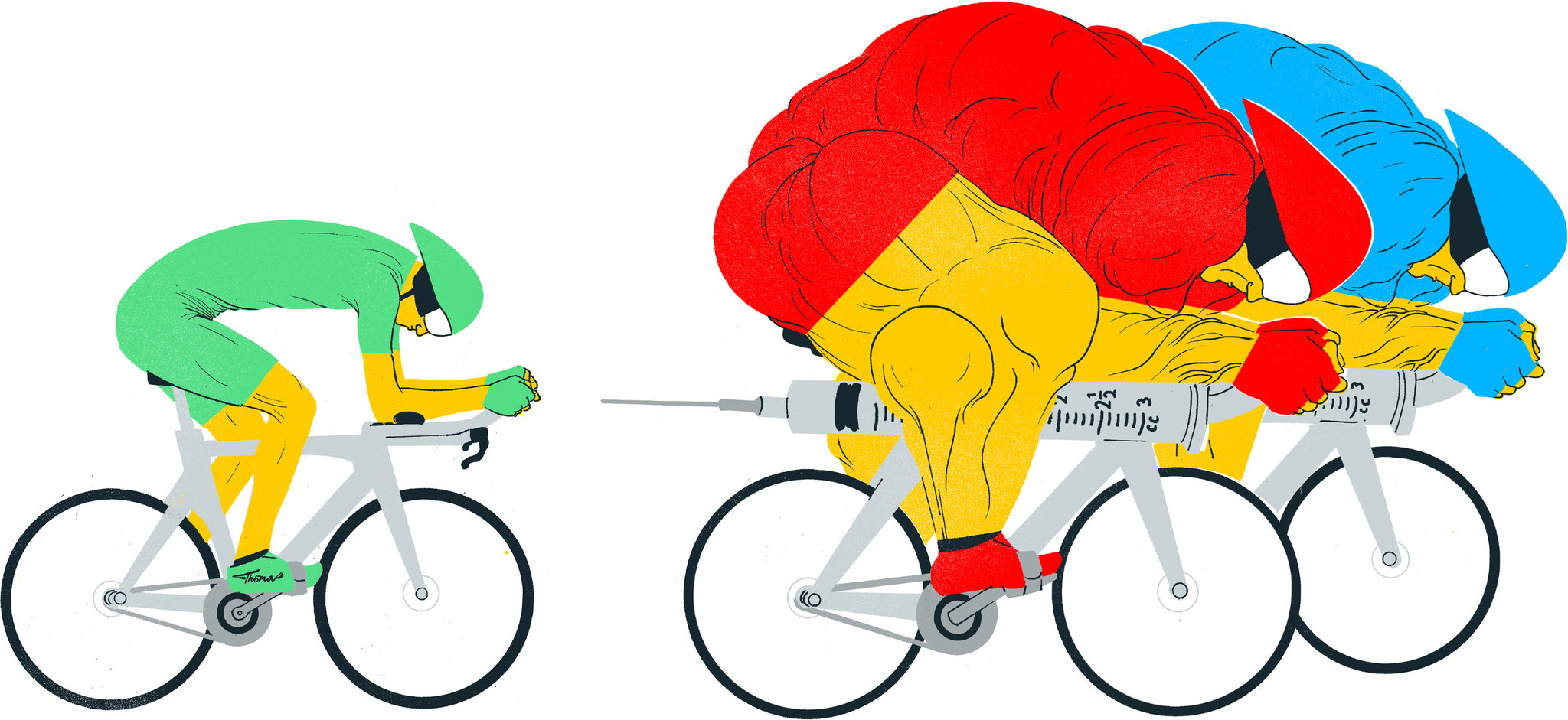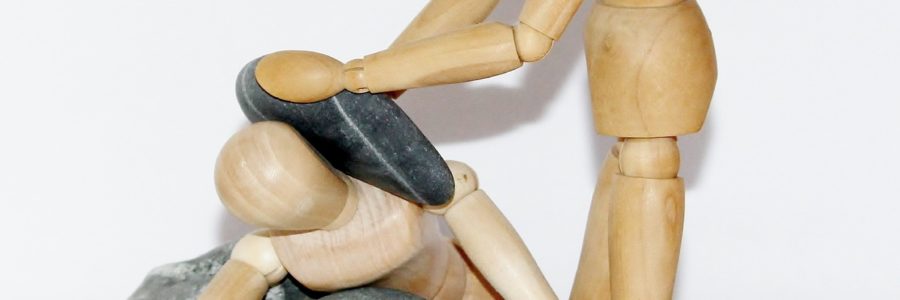
Think Before You Dope…
January 8, 2017
Concussion in sport
March 12, 2017 With further advances in means of transport, human movement has become very scarce as we rely on these means to get us around. As a result, more and more people are suffering from low back pain nowadays placing a massive burden on medical systems across the globe.
With further advances in means of transport, human movement has become very scarce as we rely on these means to get us around. As a result, more and more people are suffering from low back pain nowadays placing a massive burden on medical systems across the globe.
While the back has the ability to be extremely mobile, most low back pain cases are caused by instability throughout the segments of the spine and the stabilizing musculature surrounding the spine brought upon by inactivity. People spanning all ages are now suffering from these symptoms as sedentary living conditions are prompting us to live this way. As such, what must we do to prevent this from happening in the first place?
Firstly, making sure to move daily is the golden ticket in preventing low back pain. Performing 30 minutes of light to moderate exercise daily can greatly reduce your chances of getting low back pain. This exercise routine does not require you to get a gym membership and lug yourself there every day to lift heavy weights or run on a treadmill, the solution is much simpler. Performing brisk walks followed by simple body weight exercises such as squats, lunges, push-ups and planks is all that is necessary to reinforce the muscles and prevent low back pain. Furthermore, performing preventative measures such as Self Myofascial Release (A.K.A foam rolling), mobilizations exercises and stretching routines can greatly improve flexibility and joint health. When properly structured in a “Movement” routine, all these elements enable one to gain strength, increase the bodies tolerances to stress, move better and most importantly prevent the occurrence of such symptoms in the first place. The program that follows is a basic outline of an exercise routine that can improve low back pain:
- Warm up for 5 minutes walking briskly
- Foam roll the back, glutes and legs for 1-2 mins each spot to alleviate any muscular tensions
- Perform circuits of body weight exercises for 20 minutes by stressing the desired muscles
- Cool down by performing a slow walk
- Stretch the desired muscles that have been used during the workout
The specificity of exercises required to improve low back pain symptoms depends on case to case. In general, all exercises should be performed slowly and controlled while maintaining tension over extended periods of time. After warming up, performing Self Myofascial Release (SMR) on the back, glutes and legs is imperative to regain biomechanical efficiency in the lower body. Once completed, active mobility exercises should be performed to assure that full range of motion is gained from all joints. Only thereafter should the true workout begin where higher intensity lifting is performed increasing the bodies tolerances to physical stress. Generally, weakness in both intrinsic core and glute muscles are the sole biggest contributors to low back pain. This can be attributed to pelvic positioning brought upon by sitting for long periods of time, stimulating both hip flexors and back extensors to be active. Therefore, a movement routine focusing on restoring proper pelvic alignment can be highly beneficial in diminishing symptoms of low back pain.
To conclude, simple lifestyle changes is all that is needed to prevent the occurrence of low back pain. Basic movement patterns allow us to strengthen our bodies and live healthier, happy and injury free lives. If you haven’t tried exercising, make it one of your top priorities as, once hooked, you wont be able to live without it.
Oliver.




